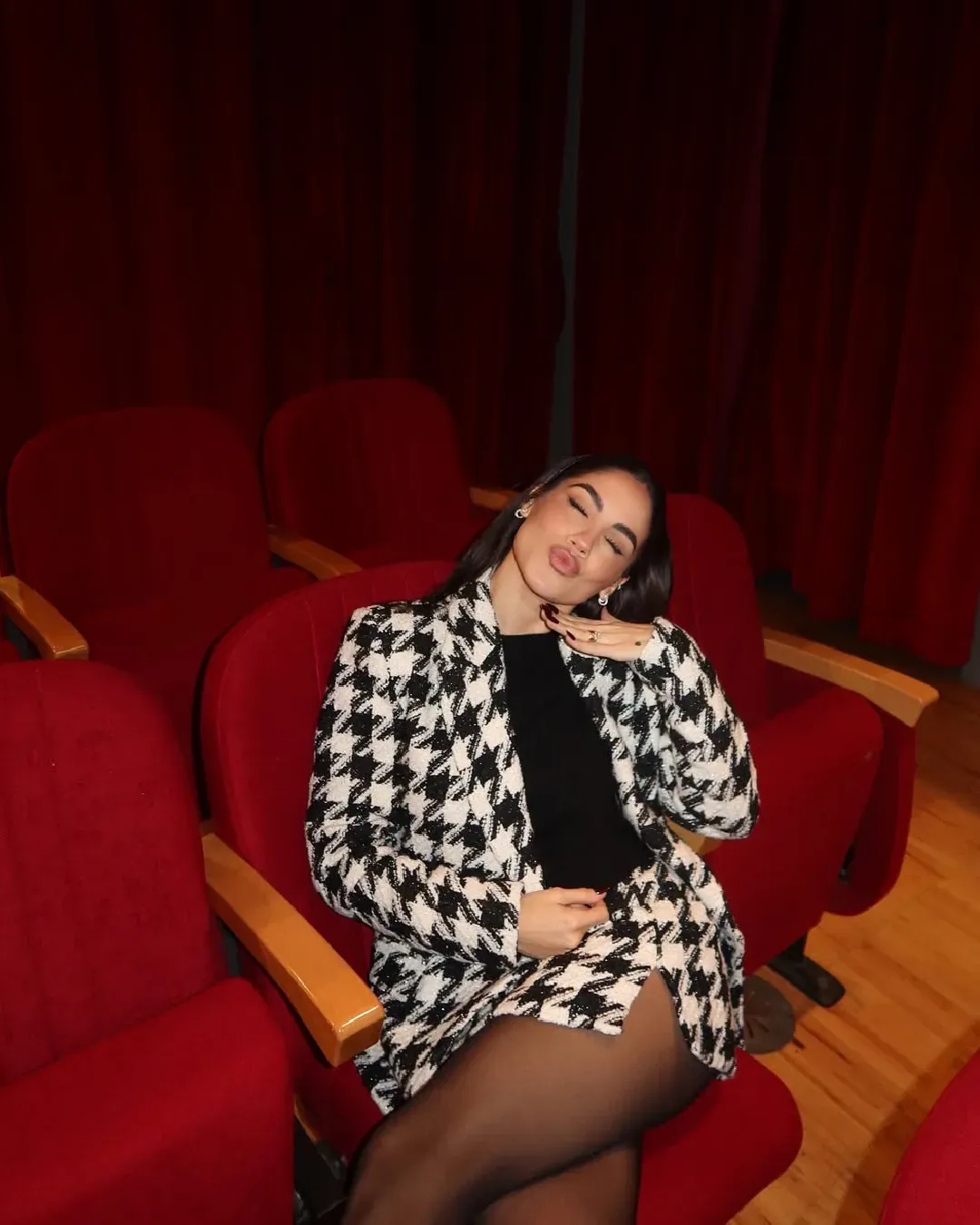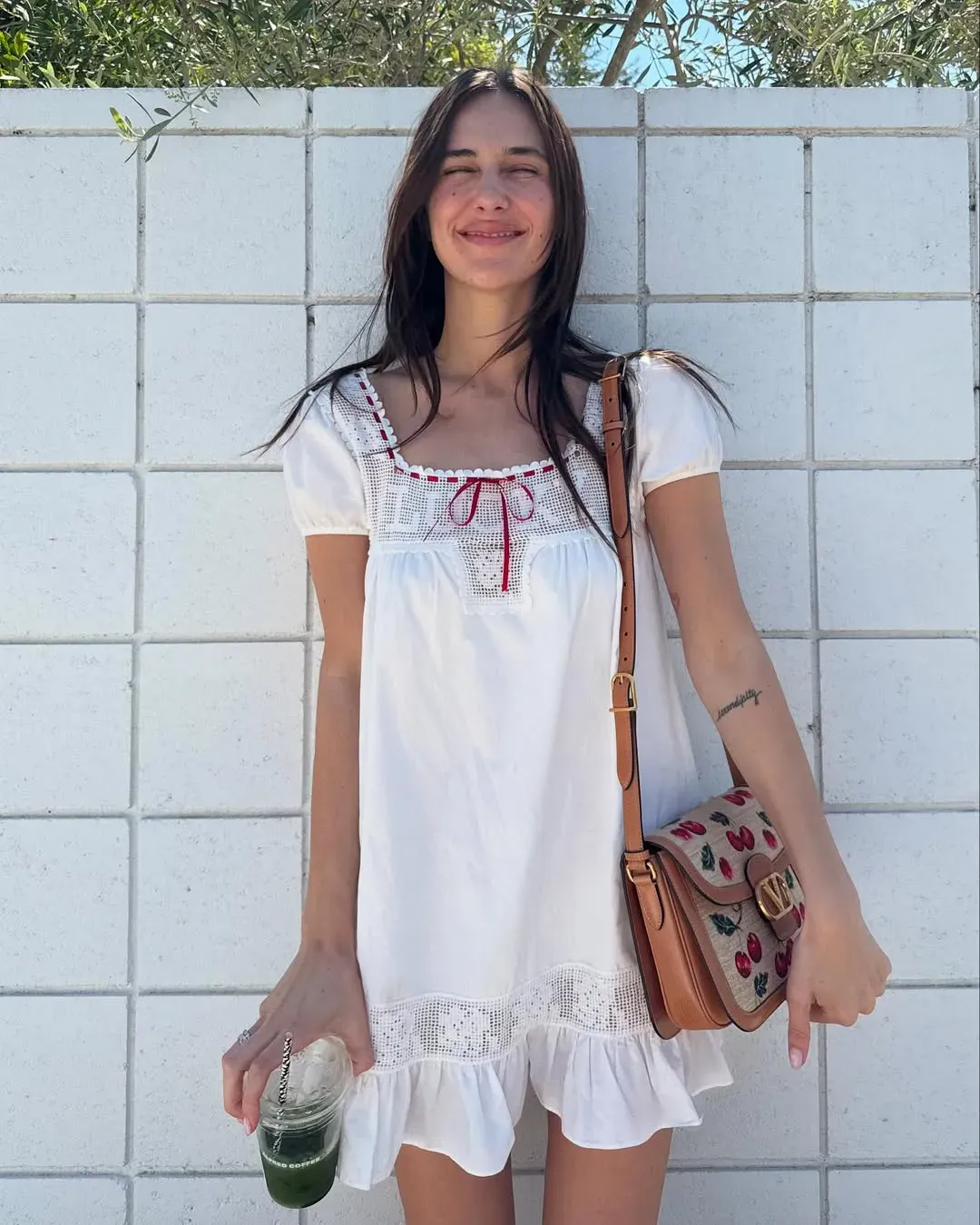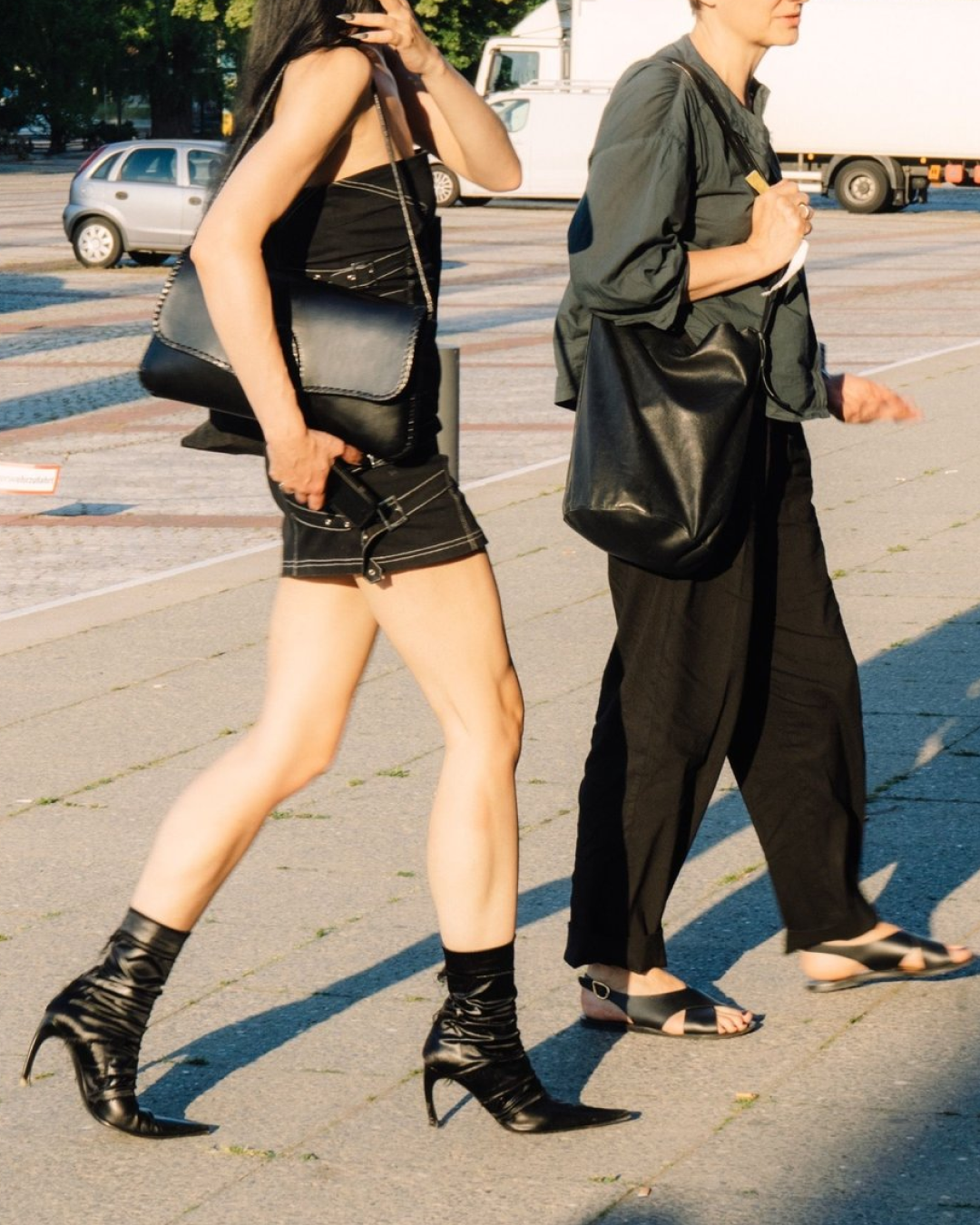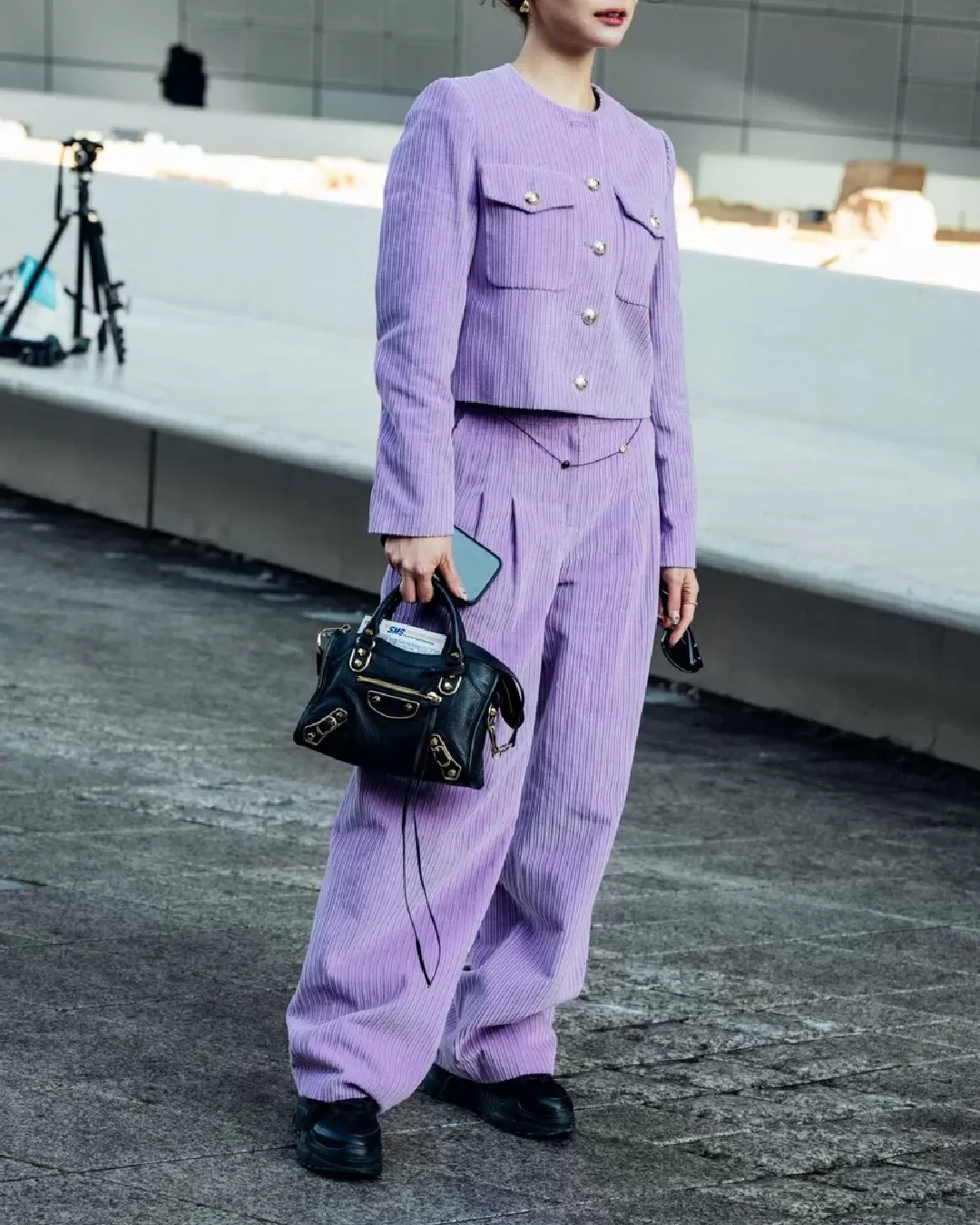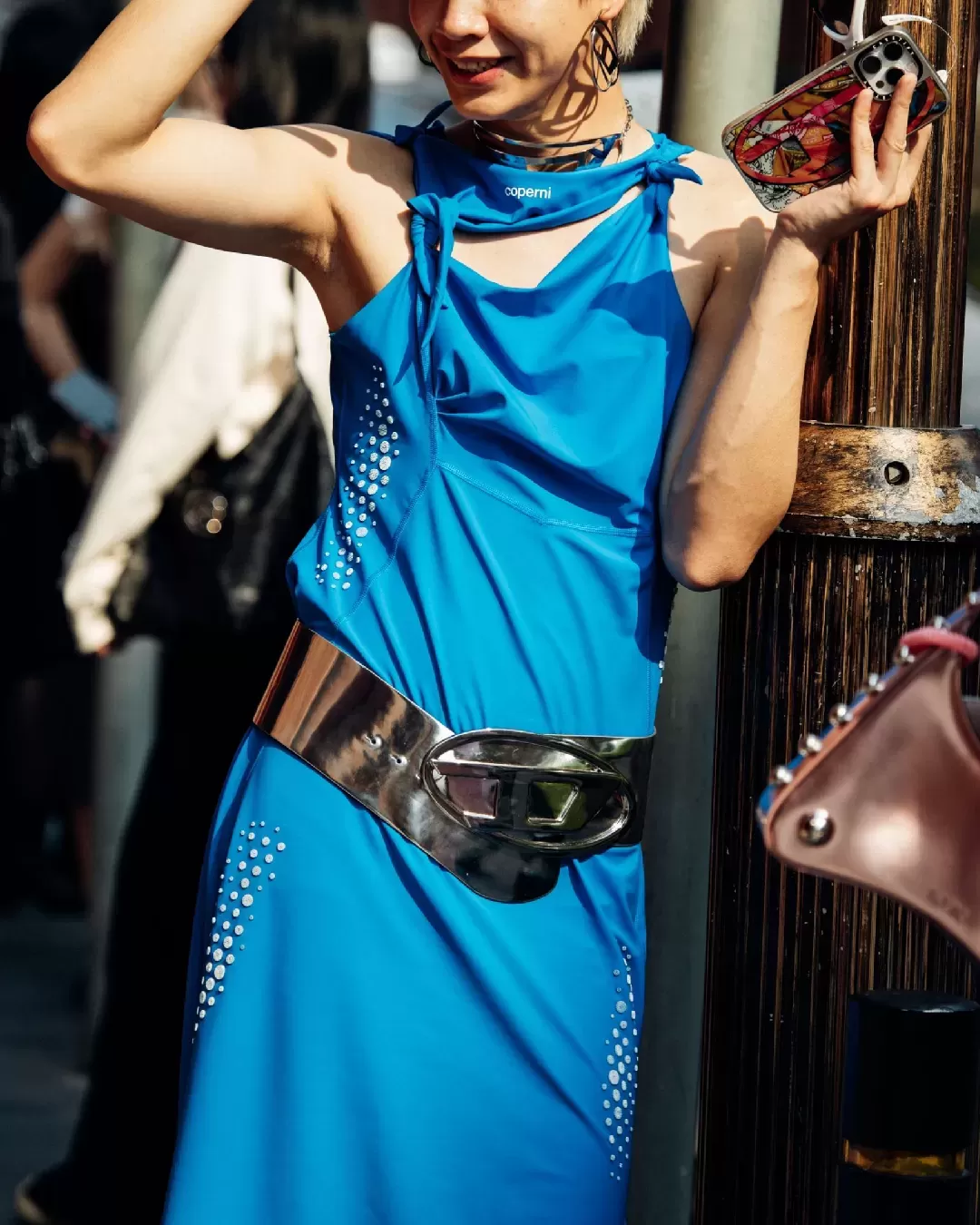
Let's discuss the racism issue that exists within the influencer industry This instagram page exposes the major pay gap between black and white influencers
Within the past few months black creatives have been launching initiatives that expose the blatant racism and inequality that takes place within the different sub industries throughout fashion, be it the modelling industry, makeup industry, etc. One of the sub-industries with some major race issues is the influencer industry. The main issue at hand being the pay and opportunity gap between influencers of colour compared to white influencers. A prime example of this was the Etro show that took place in Milan yesterday. While everyone else decided to show digital collections, Etro decided to put on a socially distanced physical runway show, and within that show 100% of their guests were almost entirely white. According to Diet Prada, around 80 guests attended and 24 of them were influencers, some of whom were flown to Italy, and of the 24 influencers, there was one Asian, and 23 white influencers. The issue with this is that influencers of colour exist within and outside of Italy but they are often completely ignored by big brands like Etro. This makes it appear as if the industry is interested in handling the issues of diversity, one sub-industry at a time as opposed to tackling the grander system at large.
One of the project that zooms in further more on this issue is an instagram page called the @influencerpaygap founded by talent agent Adesua Ajayi. Essentially the page is a platform that exposes the major pay gap that exists in the influencer community between white influencers and influencers of colour through testimonies of experiences that are submitted to the page and then compared. Throughout this process Ajayi has been able to reveal a lot in regards to the deceitful marketing & negotiation strategies of brands in regards to influencers of colour. In one of the posts a young black influencer explained how she was paid €110 for a one day shooting, and on the lunch break when she asked her white counterpart how much she was earning for the day, she said €1,1000, which is 10 times more for the exact same job.
Throughout the page white women and men within the industry also submit their numbers of their average fee, engagement rate with the hopes of helping others understand what the standard for the industry should be. In another case a black female influencer with 160K followers disclosed that her average fee was €5, 704 per post, while further down a white female influencer with 115K disclosed that she’s paid € 8,776 + €1755 of product. There have been many studies throughout history, like one recently done for Forbes that proves that in the general workplace black women are paid 21% less than white women and 39% less than white men, so the influencer industry is simply another replica of this, but with the pay gap being even wider.
The reality is that the influencer industry is still very new in terms of its development, influencing has only recently been acknowledged as a real job. There are no official influencer unions and most influencers may not have an agency to represent them. Which makes it difficult to establish what is a standard rate and very easy for brands and agencies to take advantage of young or minority talents who might not know their worth.
"I know not everyone has the luxury of a tight-knit group of influencer friends, who they can speak openly and honestly with about rates; or access to this information across different followings. What is the likelihood of you knowing what someone with 5,000 followers, or even 1 million followers, is getting paid? So this page has been set up to really help people,I like the fact that there are influencers from all walks of life that are just chatting to each other. I love that vibe and want that to continue. I think that sense of community is amazing,” she explained in an interview with Bustle.
It also doesn’t help that within the fashion industry, money is one of the most taboo topics to openly talk about, but platforms like these offer a sort of an unofficial financial guide to up and coming influencers who may not know what the industry is like, and to influencers of colour who might be negotiating for less than they’re worth.










































